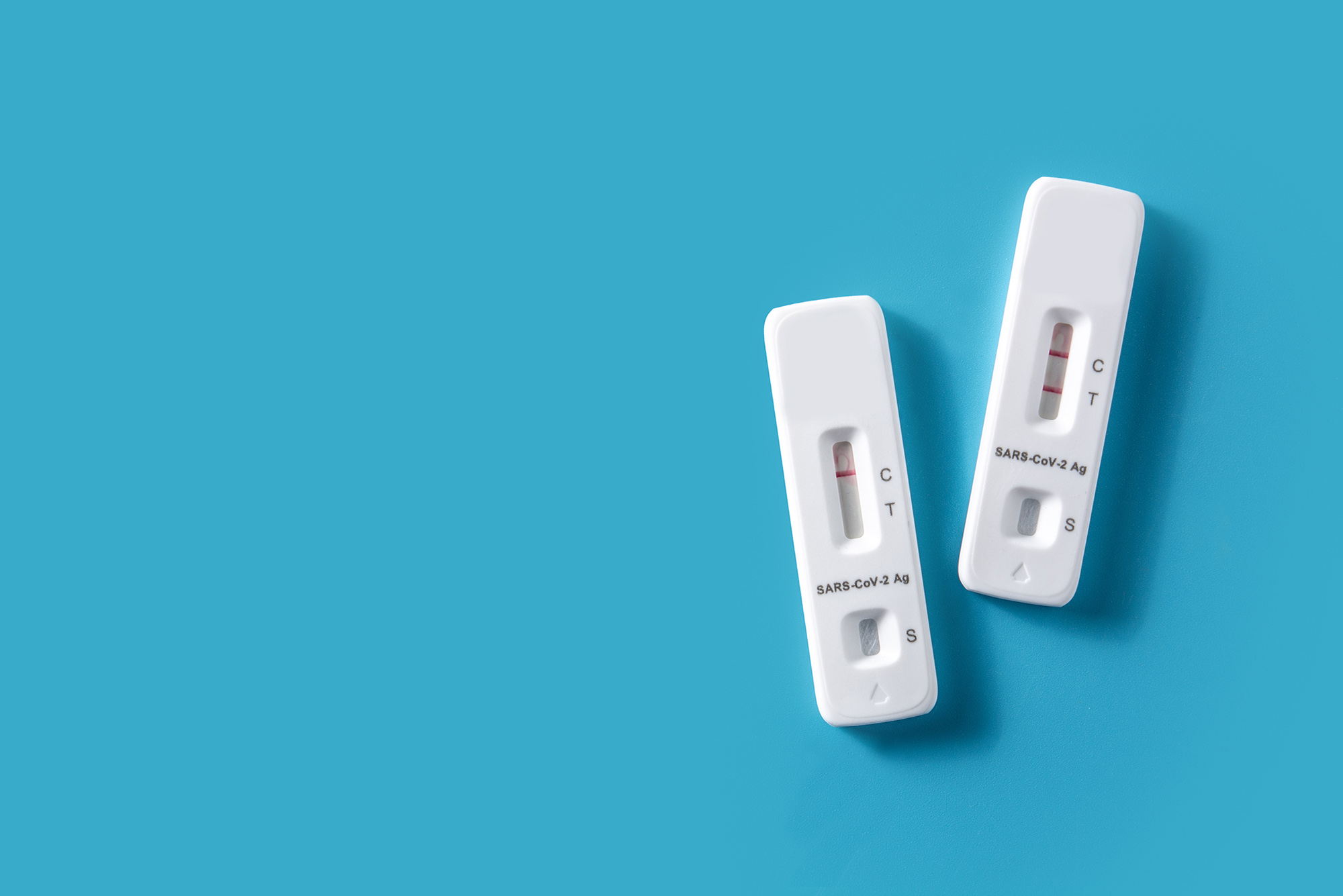To know if a dog has a fever, look out for signs such as coughing, red eyes, warm ears, runny nose, panting, decreased energy, lethargy, dry nose, and diarrhea. Additionally, you can check the dog’s body temperature with a thermometer.
However, it’s a common myth that a dog’s fever can be determined by the warmth and dryness of their nose. Dogs generally have a higher body temperature than humans, so it’s best to rely on a thermometer to accurately identify if your dog has a fever.
When it comes to the health of our furry friends, it’s essential to be attentive to any signs of illness or discomfort. Like humans, dogs can also experience fevers, which can be an indication of an underlying health issue. However, determining if a dog has a fever can be a little tricky. One common misconception is that you can assess a dog’s fever by checking the warmth and dryness of their nose. In reality, the best way to know if a dog has a fever is by keeping an eye out for specific symptoms and using a thermometer to measure their body temperature. We will explore the signs of a dog fever and how to accurately diagnose it.

Credit: www.rvc.ac.uk
What Is A Fever In Dogs?
To determine if a dog has a fever, it’s not enough to simply touch their nose. A more accurate method is to take their body temperature. Common signs of a fever in dogs include warm ears, shivering, decreased energy, coughing, and loss of appetite.
Understanding Body Temperature In Dogs
Before we delve into the signs and symptoms of fever in dogs, it’s important to understand their normal body temperature. Unlike humans, dogs have a slightly higher body temperature ranging from 99.5°F to 102.5°F. Knowing this baseline is crucial in identifying any deviations that may indicate a fever.
Signs And Symptoms Of Fever In Dogs
It can be challenging to tell if a dog has a fever by touch alone. Contrary to the popular belief that a warm and dry nose indicates a fever, the most accurate way to confirm a fever in dogs is by taking their body temperature. However, there are certain signs and symptoms that can indicate a possible fever in your furry friend. Keep an eye out for the following:
- Red or glassy-looking eyes
- Warm ears and/or nose
- Shivering
- Panting
- Runny nose
- Decreased energy
- Loss of appetite
- Coughing
If you notice any of these symptoms in your dog, it’s essential to monitor their body temperature and seek further veterinary advice if necessary.

Credit: www.bu.edu
Methods To Check A Dog’s Temperature
To know if a dog has a fever, it is best to take their body temperature using a thermometer. However, if you don’t have one, you can also check for other signs such as warm ears and paws, decreased energy, loss of appetite, or shivering.
to show if a dog has a fever? There are several methods you can use to check a dog’s temperature. These methods include using a thermometer, checking their ears and paws, and observing other indicators of a fever. Using a Thermometer: To get an accurate reading of your dog’s temperature, using a thermometer is the most reliable method. You can use a rectal thermometer specifically designed for pets. It’s important to lubricate the thermometer with a water-based lubricant or petroleum jelly before insertion. Gently lift your dog’s tail and insert the thermometer into their rectum about an inch. Hold it in place for about a minute or until you hear a beep, indicating that the reading is complete. Be sure to clean the thermometer thoroughly after each use to prevent the spread of bacteria. Checking Ears and Paws: If you don’t have a thermometer on hand, you can also check your dog’s temperature by feeling their ears and paws. A dog with a fever usually has very hot ears and paws. To determine if your dog’s ears and paws are warmer than yours, use sensitive body parts like your cheeks and the back of your hands. If you notice a significant difference in temperature, it may indicate a fever. However, it’s important to note that healthy dogs naturally have slightly higher body temperatures than humans. So, it’s best to use a thermometer for a more accurate reading. Other Indicators of Fever: In addition to checking their temperature, there are other indicators that can help you determine if your dog has a fever. These include red or glassy-looking eyes, shivering, panting, a runny nose, decreased energy, loss of appetite, and coughing. If you observe these symptoms along with a high temperature reading, it’s a strong indication that your dog may be running a fever. Remember, if you suspect that your dog has a fever, it’s always best to consult with a veterinarian for a proper diagnosis and treatment. They will be able to provide you with the necessary guidance and medications to help your furry friend feel better.What To Do If Your Dog Has A Fever
If your dog is displaying signs of a fever, it’s important to take appropriate action to ensure their well-being. Here are some steps you can take to help your dog when they have a fever:
Home Care For Fever In Dogs
When your dog has a fever, there are a few things you can do at home to provide some comfort:
- Keep your dog in a comfortable, quiet, and cool environment.
- Make sure they have access to fresh water at all times to stay hydrated.
- Monitor their temperature regularly using a digital thermometer specifically designed for dogs.
- If their appetite is affected, offer them smaller, more frequent meals of easily digestible food.
- Use a damp cloth to gently cool their body by applying it to their paws and ears.
When To Seek Veterinary Care
Although home care can help in managing your dog’s fever, there are situations where you should seek veterinary care:
- If your dog’s fever persists for more than 24-48 hours.
- If their temperature is extremely high or keeps rising.
- If they show signs of severe discomfort, pain, or distress.
- If they have other worrisome symptoms, such as difficulty breathing or vomiting.
- If they have a pre-existing health condition or are taking medications that may complicate the fever.
Medications For Treating Fever In Dogs
In some cases, your veterinarian may prescribe medications to help treat your dog’s fever:
- Non-steroidal anti-inflammatory drugs (NSAIDs) may be used to reduce inflammation and lower the fever.
- Antibiotics may be prescribed if there is an underlying bacterial infection causing the fever.
- Other supportive medications or treatments may be recommended based on the specific underlying cause of the fever.
Remember, it’s crucial to consult with your veterinarian before administering any medications to your dog.

Credit: www.amazon.com
Frequently Asked Questions For How To Know If A Dog Has A Fever
Can You Tell If A Dog Has A Fever By Touch?
You cannot accurately tell if a dog has a fever by touch. A warm and dry nose does not necessarily mean they have a fever. The best way to determine if your dog has a fever is by taking their body temperature.
What Are The Symptoms Of Dog Fever?
The symptoms of dog fever include red or glassy-looking eyes, warm ears and/or nose, shivering, panting, runny nose, decreased energy, loss of appetite, and coughing.
How Can I Check My Dog’s Temperature Without A Thermometer?
To check your dog’s temperature without a thermometer, feel their ears and paws. If they feel hotter than yours, they may have a fever. Remember, healthy dogs have slightly higher temperatures than humans.
What Can I Give My Dog For A Fever?
To help reduce your dog’s fever, apply cool water around their paws and ears with a wet towel. Encourage them to drink water to lower their body temperature. Follow your veterinarian’s instructions if they have provided antibiotics for your dog.
Conclusion
If you suspect that your furry friend may have a fever, it’s important to know the signs to look out for. Keep an eye out for symptoms such as red or glassy-looking eyes, warm ears and nose, shivering, panting, runny nose, decreased energy, loss of appetite, and coughing.
While it may be tempting to rely on touch to determine if your dog has a fever, the most accurate way to confirm is by taking their body temperature. If you’re unsure, it’s always best to consult with your veterinarian for proper diagnosis and treatment.
Remember, your dog’s health and well-being should always be a top priority.



